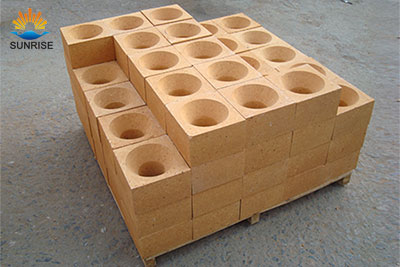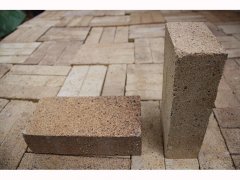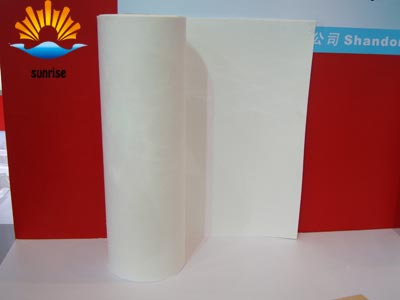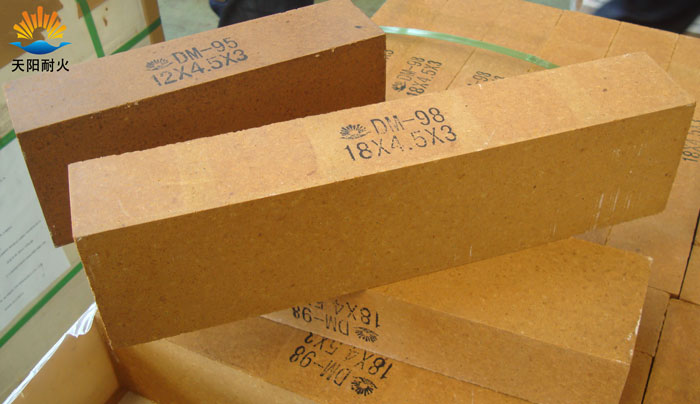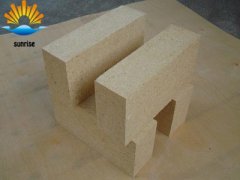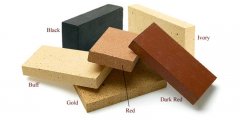Products List
-
big fireclay bottom blocks
Description: Using big vibrating table and adopting special castables, the company produces furnace l...
-
fire clay bricks
Description Fireclay bricks are the most widely used refractories made from clay minerals. It can be ...
Refractory Knowledge
-
Introduction to the performance of clay bricks
Introduction to the performance of clay bricks...
-
The High Temperature Operation and Maintenance Guideline of C
Ceramic fiber products have good high temperature resistance, fire resistance, resistance to oil, aci...
-
Thermal Shock Resistant Fireproof Heat Insulating Brick
Ceramic roller kiln is a new type of energy-saving kiln widely used in recent years with thousands of...
-
The firing temperature of the high alumina brick depends on t
The firing temperature of the high alumina brick depends on the sintering properties of the alumina r...
News Center
-
A Brief Analysis of Boiler Masonry and Its Function
Generally, small boilers are installed quickly and do not need to be built on site. For power plant b...
-
Factory Directly Supply With Popular Refractory Bricks in Ch
The use of kilns is inseparable from refractory bricks, but if the details of refractory bricks are n...
Brief Analysis of Common Clay Brick Sizes and Specifications of Sunrise Refractory
Clay bricks are classified according to their porosity: solid bricks (bricks with no porosity or less than 25% porosity), porous bricks (porosity equal to or greater than 25%), bricks with small holes and large numbers of holes, often used in load-bearing parts, strength Higher rank. Hollow bricks (bricks with a porosity equal to or greater than 40%, large pores with a small number of holes, often used in non-load bearing parts, and low strength grades). Solid bricks and porous bricks are mostly used for load-bearing structural walls, and hollow bricks are mostly used for non-load-bearing structural walls.
The clay bricks produced by Zhengzhou Sunrise Refractory are made of clay (including shale, coal gangue and other powders) as the main raw material, which are processed by mud, shaped, dried and roasted. The size of ordinary bricks is 240mm, 115mm, 53mm. According to the compressive strength (Newton / square millimeter, N / mm2), it is divided into 6 strength levels: MU30, MU25, MU20, MU15, MU10, and MU7.5.

Clay bricks are made from local materials, are cheap, durable, and have the advantages of fire resistance, heat insulation, sound insulation, and moisture absorption. They are widely used in civil engineering. Waste broken bricks can also be used as aggregates for concrete. In order to improve the shortcomings of ordinary clay bricks, such as small, self-heavy, and large soil consumption, it is developing in the direction of light weight, high strength, hollow and large blocks.
Lime-sand bricks are made of lime and quartz sand, sand or fine sandstone in an appropriate proportion, ground, mixed with water, semi-dry pressed, and cured by autoclaving. Fly ash bricks are made of fly ash as the main raw material, mixed with coal gangue powder or clay and other cementing materials. They are made by batching, molding, drying and firing, which can make full use of industrial waste residue and save fuel. Qualified blast furnace clay bricks are dried and treated with vacuum phosphoric acid impregnation and phosphoric acid impregnation products fired at low temperature for the second time.
If you have any needs our help or are interested in our products, you can click online advisorychat with us online, or call our customer service telephone: 0086-0371-63838939. We will sincerely serve for you!



